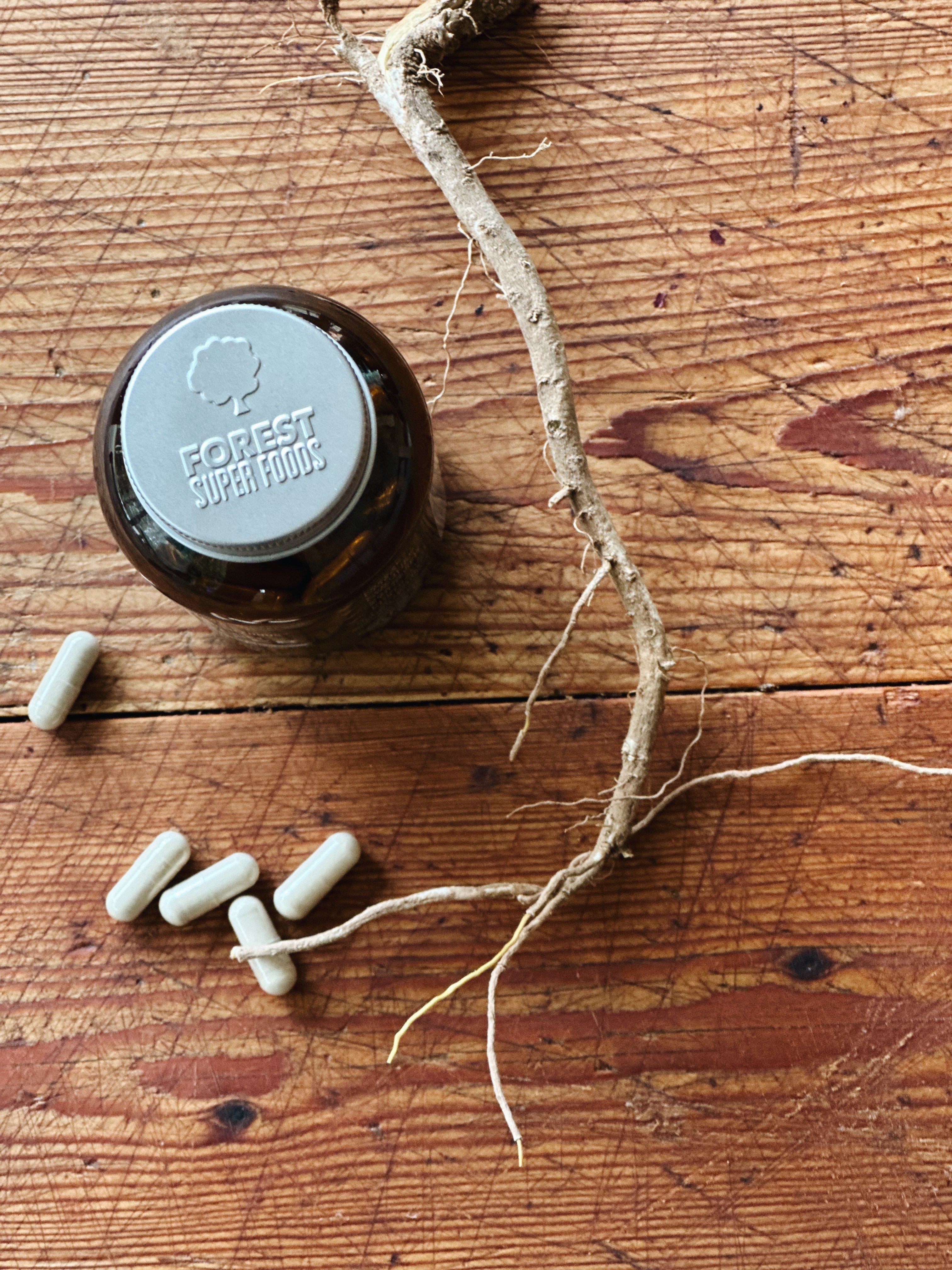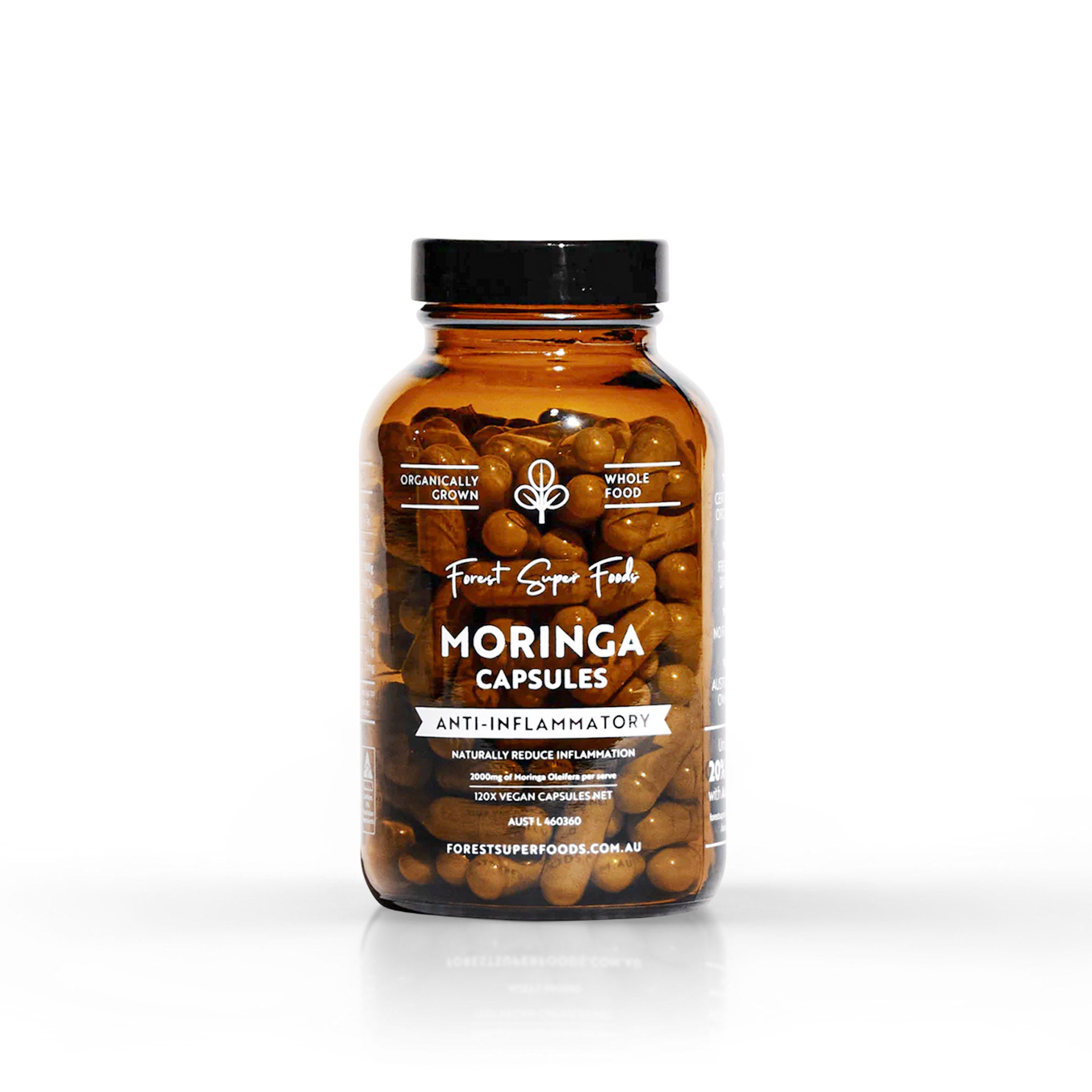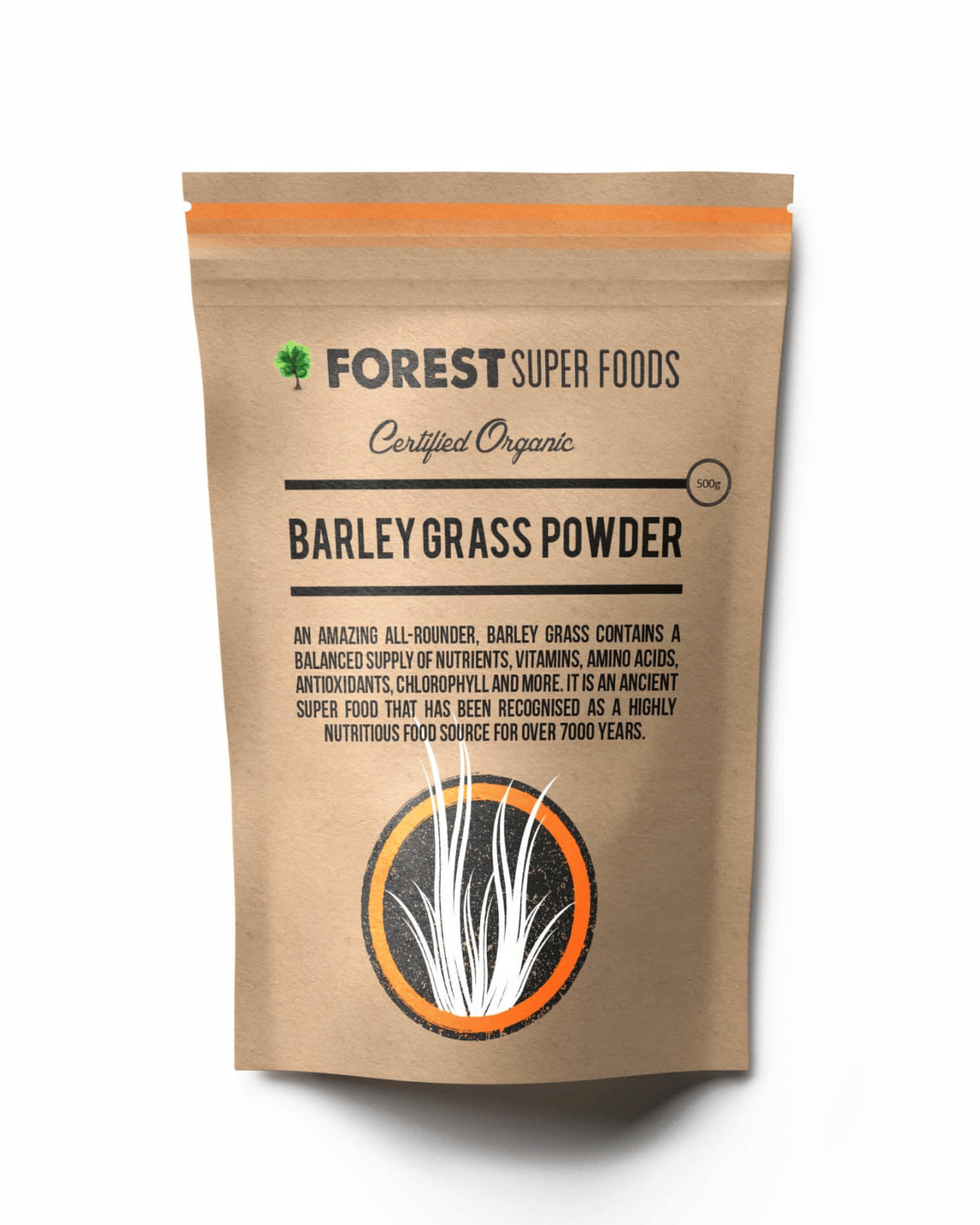In the world of wellness, vitamin B6 has long been hailed as a powerful nutrient for mood, hormone regulation, energy metabolism, and nervous system health. Yet in recent years, a growing number of individuals—many of them health-conscious—have found themselves grappling with vitamin B6 toxicity, despite never exceeding the “safe” upper limits. The result? Tingling, numbness, burning pain, anxiety, dizziness, and in some cases, debilitating peripheral neuropathy.
This phenomenon begs a critical question: How did something so essential become so harmful?
And more importantly: What can we learn from this that might change how we approach supplementation as a whole?
The Hidden Danger of Isolated, Synthetic Nutrients
Most cases of B6 toxicity arise not from food, but from synthetic supplements—often containing high doses of pyridoxine hydrochloride, a man-made form of B6. This form requires conversion in the liver to its active state, P5P (pyridoxal-5-phosphate), a process that is not always efficient—especially in individuals with compromised liver detox pathways or genetic variations (like MTHFR or ALDH mutations).
Over time, the accumulation of unconverted pyridoxine may paradoxically block B6 receptors, leading to functional B6 deficiency at the cellular level—even when blood levels are elevated. This mismatch can cause serious neurological symptoms.
What’s most unsettling? In some cases, doses as low as 10–50 mg/day—well below the UL (Upper Limit) of 100 mg/day—have triggered toxicity.
This issue has come into sharp focus following recent controversy involving a well-known supplement brand, whose inclusion of synthetic, isolated vitamin B6 in their formula has been linked to cases of irreversible neurological damage. In response, regulators have taken action—lowering the allowable daily dose of B6, enforcing stricter labelling, and proposing that high-dose formulations be reclassified as pharmacy-only products.
Yet, the core problem remains: isolated, synthetic, and excessive nutrients have no rightful place in the human body. These compounds are not delivered in the way nature intended, and the body often doesn’t recognise or process them safely. This regulatory shift highlights a deeper concern about the unmonitored stacking of isolated nutrients—from multivitamins and mood formulas to energy blends and nootropics—all contributing to a silent, cumulative burden on the nervous system, liver, and detoxification pathways.
Wholefood Nutrients: Nature’s Built-In Safety Net
Unlike synthetic isolates, wholefood supplements deliver nutrients in a complex matrix, bundled with cofactors like enzymes, trace minerals, bioflavonoids, and fibre that guide absorption, conversion, and elimination. These built-in safety mechanisms reduce the risk of overload or imbalance.
For example:
-
Wholefood B6, found in foods like bananas, chickpeas, sunflower seeds, and beef liver, comes with magnesium, zinc, and other synergists that support safe utilisation.
-
Moringa, one of the richest plant sources of B vitamins, provides gentle, absorbable B6 along with chlorophyll, antioxidants, and iron—balancing energy and detox at once.
In short, wholefoods nourish holistically, rather than forcing an isolated input into an already stressed system.
The Takeaway
This wave of B6 toxicity isn’t just a warning about one nutrient—it’s a wake-up call for how we supplement in general. It challenges the old model of “nutrient megadosing” and encourages us to return to a more physiologically intelligent, food-based approach.
Wholefood supplementation doesn’t just deliver nutrients. It:
-
Honors biochemical individuality
-
Supports the body’s natural pace
-
Minimises the risk of toxic buildup or paradoxical reactions
-
Tends to heal, not hijack, the body's own regulation systems
Heal with Nature, Not Despite It
We believe that that symptoms are signals, not errors. The rise in B6 toxicity reminds us that when we override nature’s checks and balances with synthetic inputs, we risk creating new imbalances—often in the very systems we’re trying to support.
Let this be your reminder to choose supplements made from wholefoods, not formulas made in labs. Your nervous system, your liver, and your long-term health will thank you.
有機辣木膠囊為您的健康和保健提供強大的補充劑。 立即訂購 |

|
常見問題
Moringa 對身體有什麼功效?
Moringa 是一種營養豐富的超級食物,富含維生素 A、C、E、鈣、鉀和抗氧化劑。它可以幫助保護重要器官的組織。傳統上,它也被用來幫助荷爾蒙和消化。
哪些人不能服用 Moringa?
雖然 Moringa 對大多數人來說都是安全的,但懷孕、哺乳、正在服用降血壓或甲狀腺藥物的人在服用前應先諮詢醫療照護人員。定期服用 Moringa 補充劑之前,最好先諮詢您的醫療保健提供者。
Moringa 在澳洲合法嗎?
是的,Moringa 在澳洲是合法的補充品。然而,它被歸類為「新奇食品」,因此不能作為一般食品。在 Forest Super Foods,我們的 Moringa 是有機種植,並符合所有澳洲食品安全及標籤標準。
如果我每天服用 Moringa 會怎樣?
每天使用 Moringa 可維持整體的健康、能量和消化功能。許多人在持續使用後,注意力會更集中,炎症也會減少。請務必遵循建議的劑量,因為大量服用可能會導致某些人的消化道不適。










發表評論
所有評論在發表前都經過審查。
本網站受 hCaptcha 保護,並適用 hCaptcha隱私權政策 和服務條款。